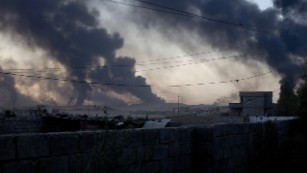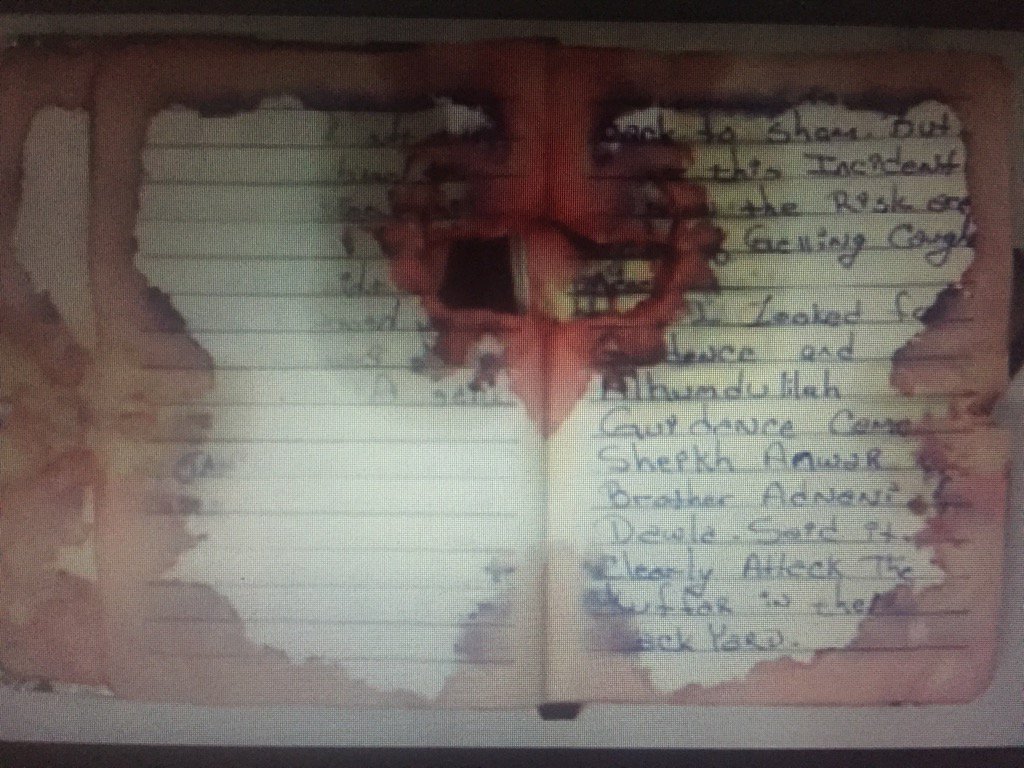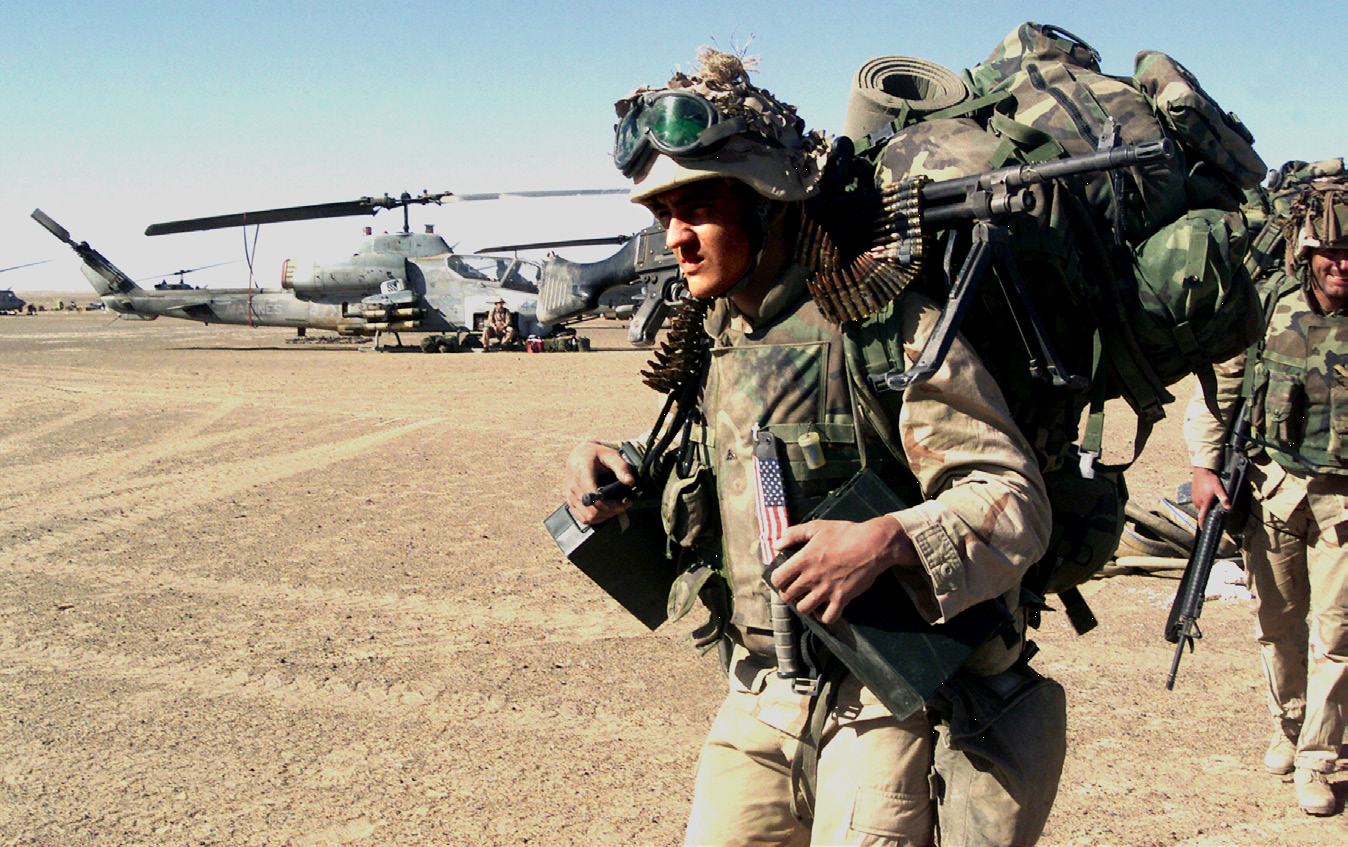This is precisely how the civil war in Syria began, with a protest. And so much for that Obama Asia pivot.
Escalating Protests Threaten Instability in Tunisia
AEI: Key Takeaway: Economic protests resembling those that sparked the 2010 Jasmine Revolution are spreading throughout Tunisia and may grow into nationwide civil unrest. The protests may escalate if security forces respond with violence or officials prove unwilling or unable to meet protestors’ demands. Widespread civil unrest provides an opportunity for Salafi-jihadi groups, including the Islamic State of Iraq and al Sham (ISIS) and al Qaeda, to attack government or economic targets and further destabilize the Tunisian state.
The Situation as of September 15, 2016
Major economic protests began in two Tunisian cities on September 5 and September 7.
- Protestors blocked roads and burned a business in the town of Ben Guerdane on September 5 after Tunisian security forces shot dead a suspected smuggler. Ben Guerdane is located on the Mediterranean coastline near the Libyan border. Its economy depends on smuggling. Trade unions plan to strike in Ben Guerdane on September 21 to protest administrative gridlock.
- A café owner set himself on fire in Fernana, a town in northwestern Tunisia, on September 7 after being denied a request to negotiate a fine. Protestors responded by burning tires, closing a major road, striking, calling for the resignation of local officials, and attempting to disrupt the water supply to Tunisia’s capital. Demonstrations intensified on September 11 after the café owner succumbed to his injuries. Additional security forces deployed to Fernana on September 12. Protestors released a series of demands, including calls for anti-corruption measures, an industrial zone, and improved public health and energy infrastructure on September 13. Demonstrations quieted on September 15, but government buildings and schools remain closed.
Protests are spreading to other cities in Tunisia in a manner that resembles the beginning of the 2010 Jasmine Revolution in Tunisia that overthrew the Zine el Abidine Ben Ali regime.
- Labor union members marched in Makthar, western Tunisia on September 13 to protest overdue development projects. Demonstrators demanded the removal of a corrupt official in El Mida, a town on Tunisia’s northeastern coast, on September 14. National Guard officers intervened to protect the official. Teachers and professors marched in Beja, north central Tunisia and Tozeur, southwestern Tunisia on September 14 to demand the implementation of a labor agreement and development plans. A farm worker in Reguib, central Tunisia attempted to self-immolate after a dispute with a local official on September 15.
- These protests resemble the wave of civil unrest triggered by the self-immolation of Tunisian street vendor Mohammed Bouazizi in late 2010 that ousted longtime Tunisian President Zine el Abidine Ben Ali. The Jasmine Revolution sparked the Arab Spring.
The Tunisian government is attempting to respond to protestors’ demands, but its response may be insufficient.
- Tunisian authorities had promised on September 12 to send a ministerial delegation to Fernana to hear protestors’ grievances. Local activists reported on September 14 that the promised delegation never arrived. A regional council is now set to convene to discuss Fernana’s development on September 18. The Tunisian Ministry of Industry and Trade announced plans to develop a free-trade zone in Ben Guerdane on September 13, possibly in an effort to placate protestors.
- The Tunisian public’s expectations that life would improve after the 2010 Jasmine Revolution have not been met. Continued economic failure and successive corruption scandals underpin widespread discontent with the government, especially in marginalized regions, where the unemployment rate hovers around 30 percent. Clashes between security forces and local residents, as well as corruption, drive popular resentment against the police.
Context
Tunisia’s new unity government is vulnerable to economic and political backlash.
- Newly appointed Prime Minister Youssef Chahed is preparing to announce austerity measures that will include new taxes and limits on public sector jobs. Parliament ousted former Prime Minister Habib Essid for his failure to resolve the country’s economic and security challenges. Chahed’s government faces the same challenges, as well as allegations of nepotism.
Tunisian security forces have violently repressed popular protests in the post-revolution period.
- Protestors demonstrated nationwide in January 2016 after an unemployed young man electrocuted himself. Tunisian police responded with violent crackdowns.
- Tunisian security forces may crack down on protestors. Tunisia’s security sector, including key leadership, has not changed since it responded violently to demonstrations in January 2016. Security forces have used states of emergency and unlawful force to break up peaceful demonstrations and detain suspects multiple times in recent years.
Tunisia is surrounded by unstable neighbors.
- Libya is in chaos.
- Algeria is stable for now, but may face regime change in the near term.
- Mali is collapsing, and al Qaeda is resurging there.
- Egypt is unstable.
- Violence is escalating in Sudan.
Tunisia is a target for global Salafi-jihadi groups.
- Thousands of Tunisian militants are fighting for ISIS in Iraq and Syria. Waves of returning foreign fighters will attempt to re-enter their country, bringing with them plans to break the Tunisian state.
- The al Qaeda network, composed of a core group and an array of associates and affiliates that pursue al Qaeda’s objectives, has grown stronger since 2011. This network includes Ansar al Sharia Tunisia and the Tunisian Uqba Ibn Nafa’a Brigade.
Complications
Salafi-jihadi groups may be positioned to infiltrate or attack Tunisia in the event of unrest.
- Tunisian has limited security resources. The government would probably re-allocate these resources from counter-terrorism operations to quell unrest should there be widespread protests.
- Tunisian ISIS militants operating in Libya may be preparing to return to Tunisia. ISIS could exploit unrest to penetrate Tunisia’s border at Ben Guerdane, where it attacked in March 2016. ISIS militants moving westward from the group’s former stronghold in Sirte, Libya are a growing threat on Tunisia’s eastern border.
- Al Qaeda’s strategy includes embedding itself within and co-opting movements. Al Qaeda in the Islamic Maghreb (AQIM) and the Uqba Ibn Nafa’a Brigade, an AQIM affiliate, may be positioned to infiltrate a movement against the Tunisian state.
A crackdown by security forces would strengthen the Salafi-jihadi base in Tunisia.
- A violent crackdown would exacerbate existing popular grievances and reinforce a Salafi-jihadi popular support base in Tunisia. This base will remain a source of strength for local and global Salafi-jihadi groups.
Implications
Instability in Tunisia could greatly exacerbate regional instability and threaten U.S. interests in the region.
- The destabilization of Tunisia would remove one of the few remaining semi-stable states in North Africa.
- The U.S. relies on Tunisia as the host of diplomatic efforts for neighboring Libya. U.S. Africa Command works closely with Tunisian security forces in counterterrorism operations and may seek to base from Tunisia for future operations.
A stronger Salafi-jihadi base in Tunisia would threaten the security of the U.S. and its allies in the long term.
- Salafi-jihadi groups with global objectives, including ISIS and al Qaeda, will continue to draw on a Tunisian support base for resiliency and strength.
- This base will continue to threaten Tunisia and provide foreign fighters to regional conflicts. It will support Salafi-jihadi groups with the intent and capability to attack the American and European homelands.
Popular protests in Tunisia may spread throughout the country. In the most dangerous scenario, the Tunisian state will weaken or collapse and the country’s Salafi-jihadi base will grow stronger.
*****
SanDiegoUnionTribune: The commander of American military forces across Asia, Adm. Harry Harris, said the jihadist group — commonly called ISIS — is seeking new territory as it gets squeezed out of Iraq and Syria.
“It’s clear to me that [ISIS] is also “rebalancing” to the Indo-Asia-Pacific,” said Harris, speaking during a meeting of the San Diego Military Advisory Council on Wednesday in Point Loma.
Using a cancer analogy, the four-star leader of U.S. Pacific Command added: “Through multinational cooperation, we can eradicate this [ISIS] disease before it metastasizes.”
But the U.S. alliance with the Philippines hit choppy waters recently after comments by President Rodrigo Duterte — something that Harris also addressed Wednesday with lightly veiled criticism of Duterte’s statements.
“We have been allied with the Philippines for a long time. We have shed our blood with them. … We fought side by side during World War II. I consider our alliance with the Philippines to be iron-clad,” Harris said. He also mentioned U.S. aid to the Philippines, budgeted at $120 million this year, and the dispatch of American troops to help after Typhoon Haiyan in 2013.
“So when the leader said, ‘Only China supports us,’ I don’t know what he means,” Harris said, answering a reporter’s question toward the end of his presentation.
Duterte started making headlines last week when, speaking in Tagalog, he called President Barack Obama a son of a bitch.
Since then the Philippines president has said his government would shop for weapons in China and Russia and would halt joint U.S.-Philippines patrols in the South China Sea to avoid appearing hostile to China.
He also called for the departure of U.S. special-operations troops from the southern Philippines, saying their presence could complicate the fight against the ISIS-linked terrorist group Abu Sayyaf.
One analyst said it appears that nationalism and a desire for “outsider” status are driving the Filipino president’s current tone.
“I don’t really think this is as much about the U.S. as it is about domestic politics — and just his personality. We are a very useful whipping boy,” said Thomas Sanderson, director of the transnational threats project at the Center for Strategic and International Studies in Washington, D.C. “I think this is largely about someone who is a rebel … he’s an outsider and he’s broken through into an area that outsiders typically didn’t get to.”
Sanderson said the Philippines would do an about-face if Islamic terrorism becomes a more widespread problem for Filipinos.
“[Duterte] comes right back to us, there’s no doubt about it,” he said. “Because the center of gravity for counter-terrorism knowledge and skill is the United States.”
Harris outlined the signposts of the ISIS advance on new turf in the Pacific Command theater, an area that’s home to 700 million Muslims. That means more Muslims live in the Asia-Pacific region than in the Middle East.
“Population numbers alone have forced [Pacific Command] to think ahead about what’s next in the fight against [ISIS],” Harris said. “The vast majority of these people are peaceful citizens who seek to live lives free from the scourge of terrorism, but we know that a small band of fanatics can produce deadly results.”
He pointed to ISIS-inspired terrorism in Bangladesh, Indonesia, Malaysia and the Philippines so far in 2016. Those events include the July 2 attack on a Bangladeshi restaurant by ISIS-aligned militants. In May and June, Abu Sayyaf in the Philippines released video showing the beheadings of two Canadians after their families didn’t pay ransoms.
Hundreds of jihadists have traveled from Asia to the main ISIS battlegrounds of Iraq and Syria to join in the group’s violent vision of creating an Islamic caliphate, according to published accounts.
The tally is about 700 from Indonesia, 100 from Malaysia, 100 from the Philippines, 200 from the Maldives, 300 from China and 120 from Australia, according to a December report by The Soufan Group. These recruits make up a small portion of the estimated 30,000 to 40,000 fighters ISIS can claim or has been credited with over time.
But as they tire of warfare, the danger is that they may return home and try to continue the fight — and recruit others.
Sanderson said Indonesia has the highest vulnerability to ISIS despite its strong security forces, because of the number of ISIS fighters already hailing from there and because of Indonesia being a string of islands with lots of places to hide.
All of this comes as the United States is finishing its own “rebalance,” with the Navy shifting 60 percent of its fleet to the Pacific by 2020. That move, announced late in Barack Obama’s first term, was seen as a hedge against North Korean saber-rattling and the growing economic and military might of China.
Academics differ on how big the ISIS threat is becoming in the Pacific and Asia.
Eli Berman, a UC San Diego economics professor, said he thinks “rebalancing” is too strong a term for the jihadist group’s foothold in Asia. ISIS isn’t on the verge of controlling territory anywhere in the Pacific Rim, said Berman, who is a research director at the university’s Institute on Global Conflict and Cooperation.
Asia expert Denny Roy at the East-West Center in Honolulu agrees with Harris that the basic ideas represented by ISIS won’t die if the Islamic State is geographically erased.
“The purveyors of those ideas are already trying to transplant them into other regions and are finding some interest,” Roy said.
But several observers pointed out that Asia has major differences that may hinder ISIS if it tries to expand there.
Governments there are generally more intact than in the Middle East.
“What’s missing is the ultra-weak states in which locals are ready and chomping at the bit to sign up for something to do,” said Sanderson at the Center for Strategic and International Studies. “There are far fewer people who would want to sign up for a battle inside of Indonesia, as opposed to those who would want to sign up to battle inside Libya, Tunisia, Yemen or Syria — where the majority of young men would say, ‘Give me a gun and let’s go.’ They have nothing to lose.”
Roy sees South Asia, which includes Bangladesh, as fertile ground for extremism.
“Southeast Asia is less so, because the sense of grievance and the (routine practice) of mass political violence are less strong than in the Middle East or South Asia,” he said.





 There was immediate chatter and concern that there was a functioning terror cell in that does appear to be the case in some form. Rahami did not act alone.
There was immediate chatter and concern that there was a functioning terror cell in that does appear to be the case in some form. Rahami did not act alone. 
